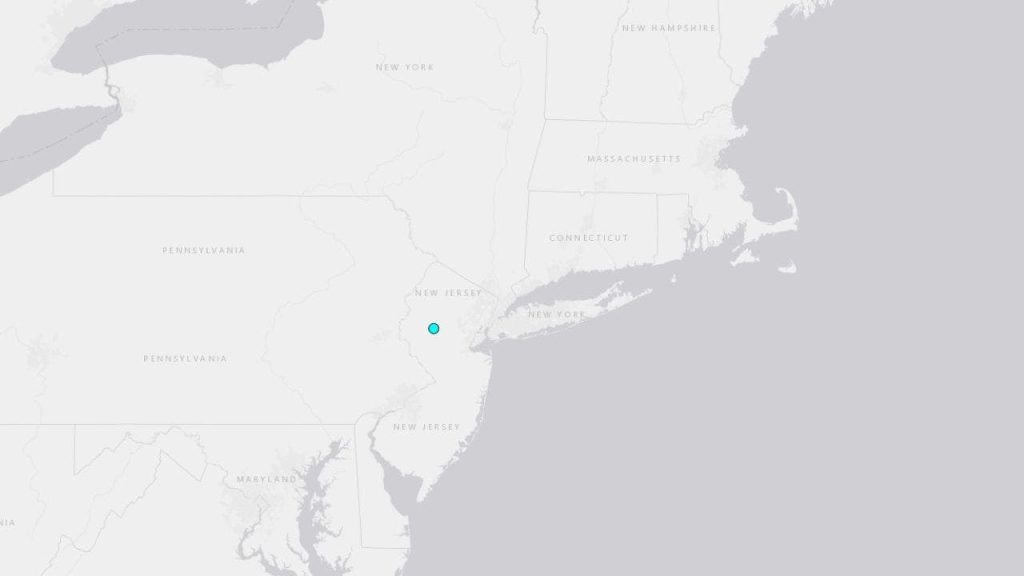A 2.9 magnitude earthquake hit New Jersey on a Saturday morning, three weeks after a stronger 4.8 magnitude quake struck the area. The recent quake occurred near Tewksbury, located in Hunterdon County about 35 miles west of New York City. It is unclear if this event was an aftershock from the April 5 earthquake, which was centered near Whitehouse Station, around five miles south of Tewksbury. The 4.8 magnitude quake was felt from Washington D.C. to Maine, according to the USGS.
Residents in the region, including Fox News Digital editor Ashley Papa, felt the impact of the recent quake. Papa described feeling the house shake strongly while she was in the kitchen with her toddler. The aftershocks have continued since the April 5 earthquake, with more than 130 recorded in the area. These quakes have left residents wondering about the frequency and intensity of seismic activity in the region.
The East Coast is not known for frequent earthquakes, with the most powerful one in the last 100 years occurring in August 2011 with a magnitude of 5.8. Following the recent quakes in New Jersey, there was a 1.7 magnitude earthquake in New York City on January 2. Seismologist Professor John Ebel from Boston College explained that earthquakes above 5.0 on the Richter scale tend to occur once every 120 years but emphasized that predicting earthquakes is challenging.
Ebel highlighted the unpredictability of earthquakes and the difficulty in determining when the next one might occur. The April 5 earthquake has puzzled seismologists as it did not happen on the Ramapo Fault zone. This fault zone spans more than 185 miles through New York, New Jersey, and Pennsylvania and was formed about 200 million years ago. The recent seismic activity in New Jersey has raised concerns about the possibility of a damaging earthquake occurring in the future.
Overall, the recent earthquake activity in New Jersey has raised questions about the East Coast’s preparedness for a major earthquake. As aftershocks continue to occur, residents are left wondering about the frequency and intensity of future seismic events. Seismologists are unable to predict when the next earthquake will strike, emphasizing the need for preparedness and vigilance in earthquake-prone areas like the East Coast.


